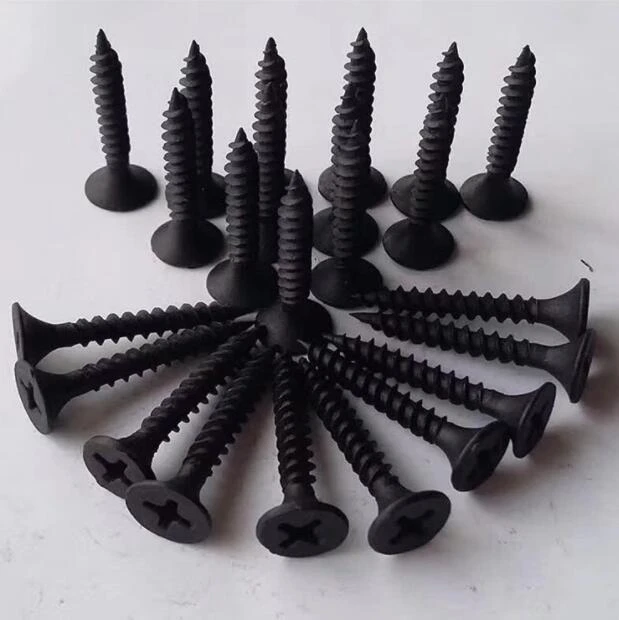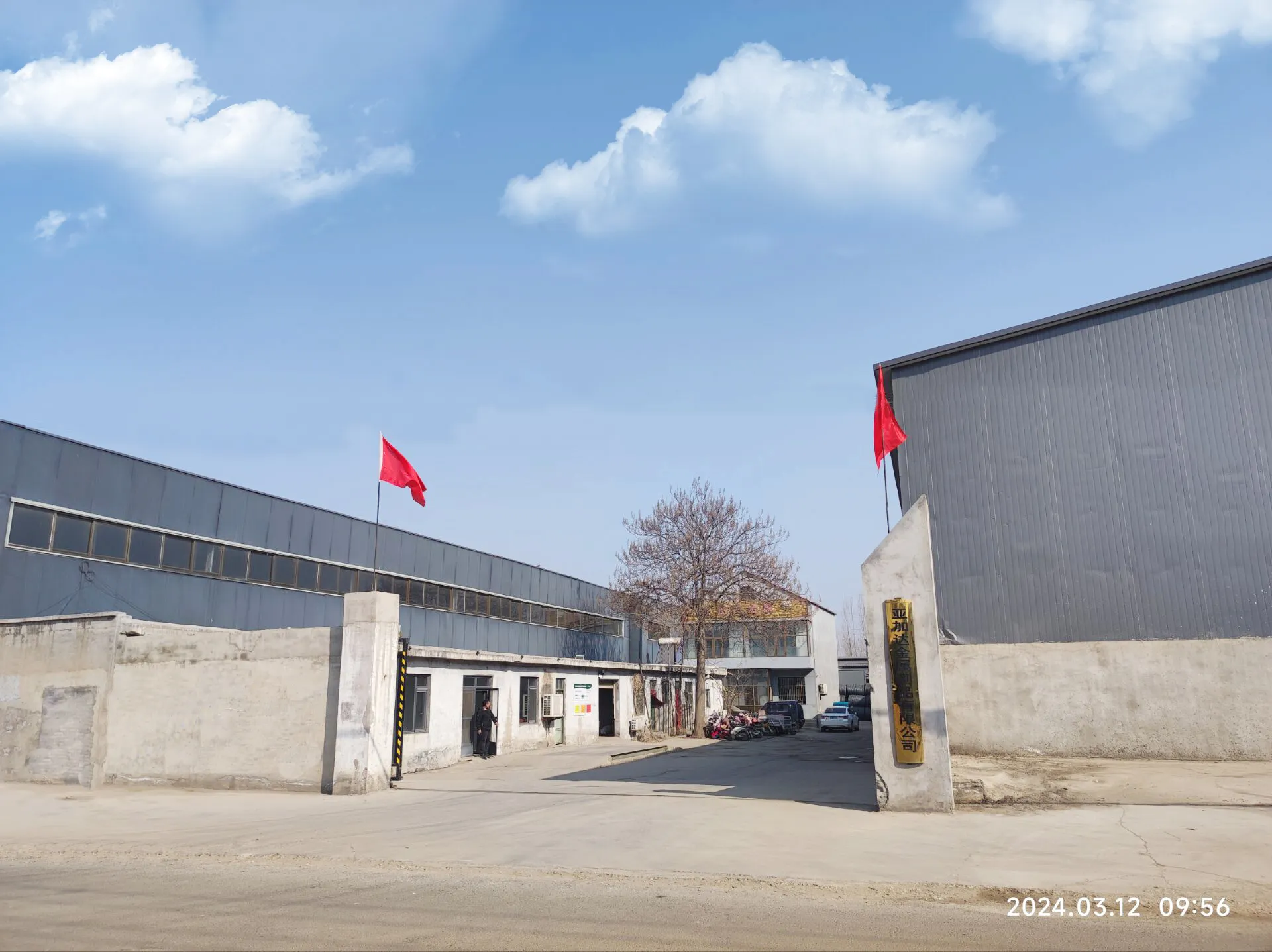- Technological Advancements in Mesh Welding Systems
- Critical Role of Wire Mesh Welding Processes
- Optimal Welding Mesh Sizes for Project Success
- Overcoming Challenges in Welding Stainless Steel Mesh
- Industrial Equipment Comparison: Performance Analysis
- Custom Engineering Solutions for Complex Applications
- Real-World Implementations of Modern Mesh Welding

(mesh welding)
The Evolution of Mesh Welding Technology
Advancements in automated welding systems have revolutionised industrial mesh production. Modern mesh welding
machines deliver 3.5x faster cycle times compared to decade-old models while reducing material waste by approximately 18%. The latest microprocessor-controlled units incorporate adaptive feedback loops that automatically adjust welding parameters mid-process when detecting material thickness variations exceeding ±0.15mm. This technological progression directly addresses three critical industry demands:
- Precision tolerance maintenance within ±0.5mm across continuous production runs
- Energy consumption reduction through phase-controlled transformer systems
- Seamless integration with Industry 4.0 monitoring protocols
Deep Dive into Wire Mesh Welding Processes
Contemporary wire mesh welding employs progressive resistance welding techniques where intersecting wires receive simultaneous compression and electrical current application. The optimal weld forms when metal reaches 65-80% of its melting temperature, creating molecular bonding without full liquefaction. This approach maintains structural integrity while achieving production speeds of 120-150 welded intersections per minute. Secondary processes include:
- Electro-galvanizing for corrosion resistance exceeding 500 salt-spray hours
- Post-weld tensioning achieving uniform load distribution
- Automated optical inspection detecting weld imperfections ≥0.3mm
Operational parameters require precise calibration based on material properties. Stainless steel 316L, for instance, demands 22% lower amperage but 15% longer cycle duration than standard carbon steel equivalents to prevent carbide precipitation at grain boundaries.
Welding Mesh Sizes: Technical Specifications and Applications
| Mesh Specification | Wire Diameter (mm) | Aperture (mm) | Typical Load Rating (kg/m²) | Common Applications |
|---|---|---|---|---|
| Light-Duty (LD-50) | 1.6 - 2.5 | 25x25 | 120-180 | Partitioning, Horticulture |
| Medium-Duty (MD-100) | 3.0 - 4.0 | 50x50 | 350-500 | Concrete Reinforcement, Shelving |
| Heavy-Duty (HD-200) | 5.0 - 8.0 | 75x75 - 100x100 | 850-1500 | Industrial Flooring, Bridge Construction |
Manufacturers must consider aperture-to-wire ratios between 5:1 and 10:1 for optimal strength-to-weight efficiency. Thermal expansion coefficients differ significantly between materials - carbon steel exhibits 11 µm/m·K while stainless variants range between 16-18 µm/m·K, necessitating appropriate joint design.
Mastering Stainless Steel Mesh Welding Techniques
Welding stainless steel mesh presents unique metallurgical challenges requiring specialized processes. The formation of chromium carbides along grain boundaries during standard welding can reduce corrosion resistance by up to 60%. Leading manufacturers address this through:
- Precision temperature controls maintaining HAZ between 900-1400°F
- Back-purging with argon gas shielding during critical welds
- Post-weld solution annealing at 1900-2050°F followed by rapid quenching
For 316L marine-grade applications, modified short-duration pulse welding cycles limit heat input to under 1.2kJ/inch, preserving the alloy's protective oxide layer. Recent innovations include laser-hybrid welding systems reducing heat distortion by 40% while increasing production throughput by 28% compared to conventional resistance methods.
Industry Equipment Analysis: Technical Comparison
| Manufacturer | Production Speed (welds/minute) | Max Material Thickness (mm) | Positional Accuracy (±mm) | Energy Efficiency (kWh/ton) |
|---|---|---|---|---|
| EVG (Austria) | 160 | 12 | 0.10 | 285 |
| Schlatter (Switzerland) | 140 | 10 | 0.15 | 310 |
| Soudronic (Germany) | 125 | 8 | 0.20 | 340 |
| Standard Equipment | 70-90 | 6 | 0.50 | 420+ |
Premium European systems incorporate servo-controlled electrode pressure systems maintaining consistency within ±0.8kg, a critical factor for consistent fusion. Advanced options feature predictive maintenance algorithms reducing unexpected downtime by 78%.
Custom Engineering Solutions for Complex Applications
Specialized mesh welding configurations solve unique industrial challenges through parametric adaptation. For nuclear containment applications, manufacturers developed double-layer meshes with 4mm longitudinal wires crossed by 3mm transverse elements creating reinforced hexagonal patterns. This design achieved tensile strength improvements exceeding standard configurations by 82% while accommodating thermal movement differentials. Other bespoke implementations include:
- Asymmetric aperture configurations for filtration systems requiring graduated particle separation
- Mixed-material assemblies bonding stainless to titanium with intermediate nickel interlayers
- Three-dimensional curved profiles for architectural cladding formed using CNC-controlled progressive welding
Leading fabricators provide computational modeling services predicting structural performance under specific loading conditions before production initiation.
Implementing Advanced Mesh Welding Solutions
The Hamburg Port Authority's recent infrastructure upgrade exemplifies modern mesh welding applications in demanding environments. Contractor teams installed over 12,000m² of 316L stainless steel mesh with specialized 8mm diameter wires welded at 75x100mm apertures. The technical specifications included:
- Salt-spray corrosion resistance exceeding 1,500 hours
- Impact resistance of 28J at -20°C for arctic conditions
- Custom perimeter profiles matching curved structural elements within 2mm tolerance
Implementation required developing a portable welding system capable of onsite fabrication, eliminating transport limitations for oversized panels. Continuous monitoring systems recorded weld integrity data for all 1.2+ million joints, demonstrating a rejection rate below 0.003%. As construction methodologies evolve toward modular systems, welded mesh continues providing adaptable structural solutions meeting increasingly stringent performance requirements.

(mesh welding)

















